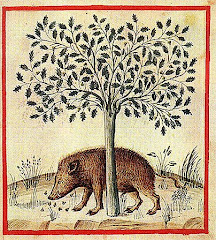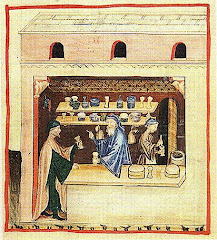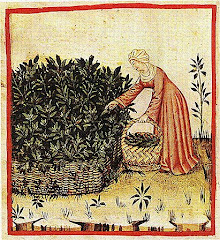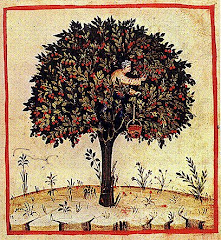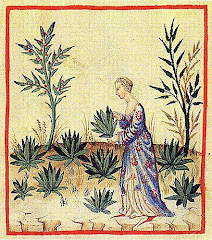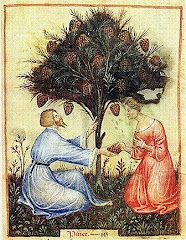
Given that I'm still such a newbie to the whole blogging scene, an award is something that I hadn't begun to conceive I'd ever be the recipient of so it was a very pleasant surprise to find when I logged on today.
So thanks Sarah. Apart from representing almost 50% of my regular readership, it's real encouragement to receive something like this from you given that I consider your blog to represent so much of what I aspire to in the world of UK herbal blogging.
As for my selection of blogs to receive the award, they are:
Herbaholic's Herbarium - A veteran of the UK herb blog scene, but still relatively new to me. Debs of herbal haven represents the other 50% of my regular readership and between Debs and Sarah you can learn all you need to know about the practical use of herbs in daily life and be really envious of what fun they have with their greenery.
Arne Herbs Nursery Blog - This blog written by Anthony Lyman-Dixon of Arne Herbs always makes me chuckle. Perhaps his dryly humorous observations on the weather as well as the occasional customer is something I relate to because of my background in horticulture, but there is also always something densely educational to be digested.
Wild Colour - Jenny Dean of Wild Colour is someone I've been recommended to read in book or blog form so many times since I started my experiments with natural dyeing. Aside from illustrating her projects with many a vivid photo, she is also brilliant at explaining exactly what she does and how. A brilliant resource for the creative among us.
Holistic Mama - I came across this accidentally a couple of weeks ago and, although parenting isn't a topic of interest to me usually, I was impressed by the open mindedness of the author and the intelligent and intuitive nature of the arguments and discussions she presents and ended up reading for a considerable amount of time.
Magpie Girl - This quirky and creative blog has the best strap line I've seen in a long time: "distracted by sparkly things since 1969". The site certainly caught my eye when I first came across it, but I always do have a tendency to go for pretty things too.
The rules are:
Accept the award, post it on your blog together with the name of the person who has granted the award, and his or her blog link.
Pass the award to 5 other blogs that you've newly discovered. Remember to contact the bloggers to let them know they have been chosen for this award.
Pass the award to 5 other blogs that you've newly discovered. Remember to contact the bloggers to let them know they have been chosen for this award.







